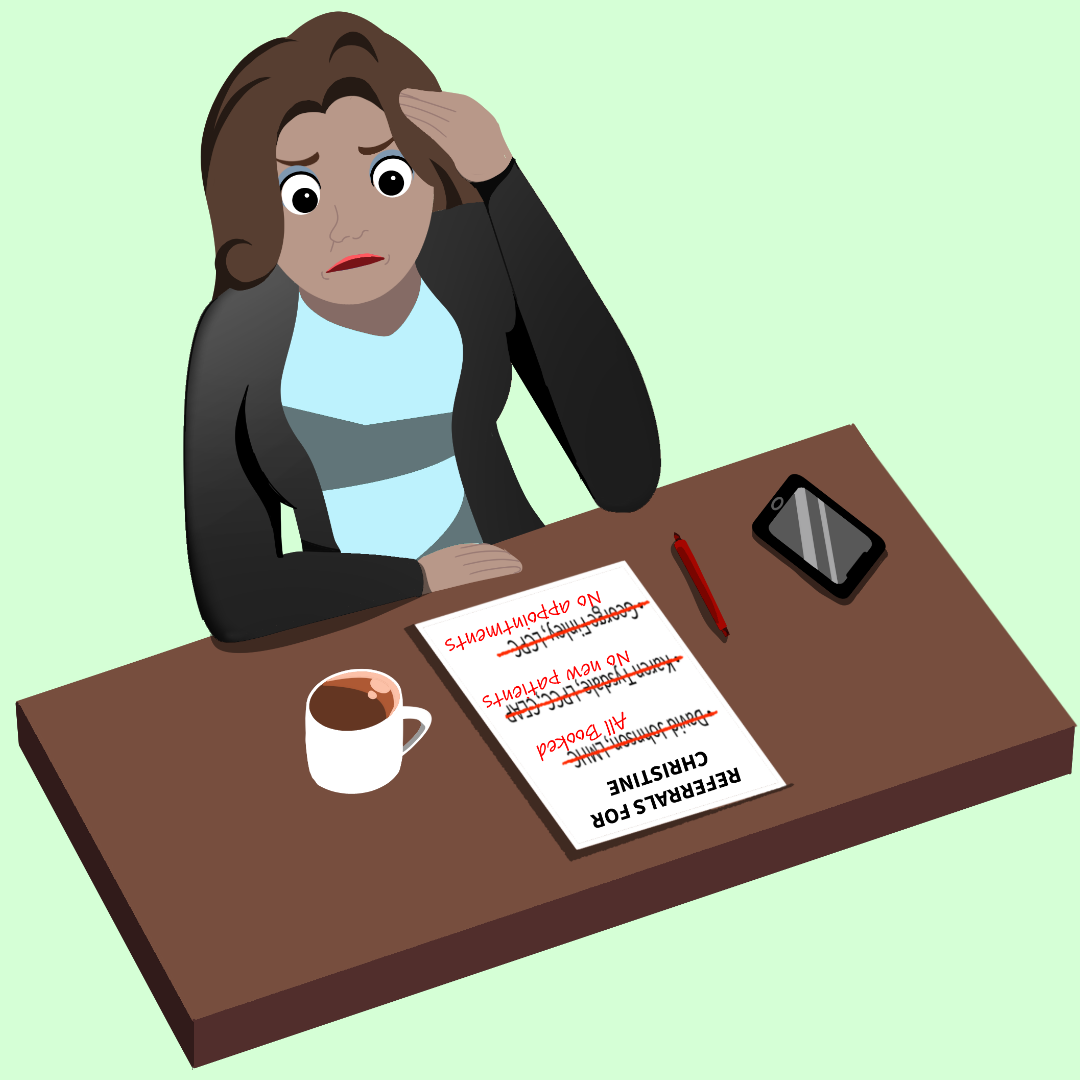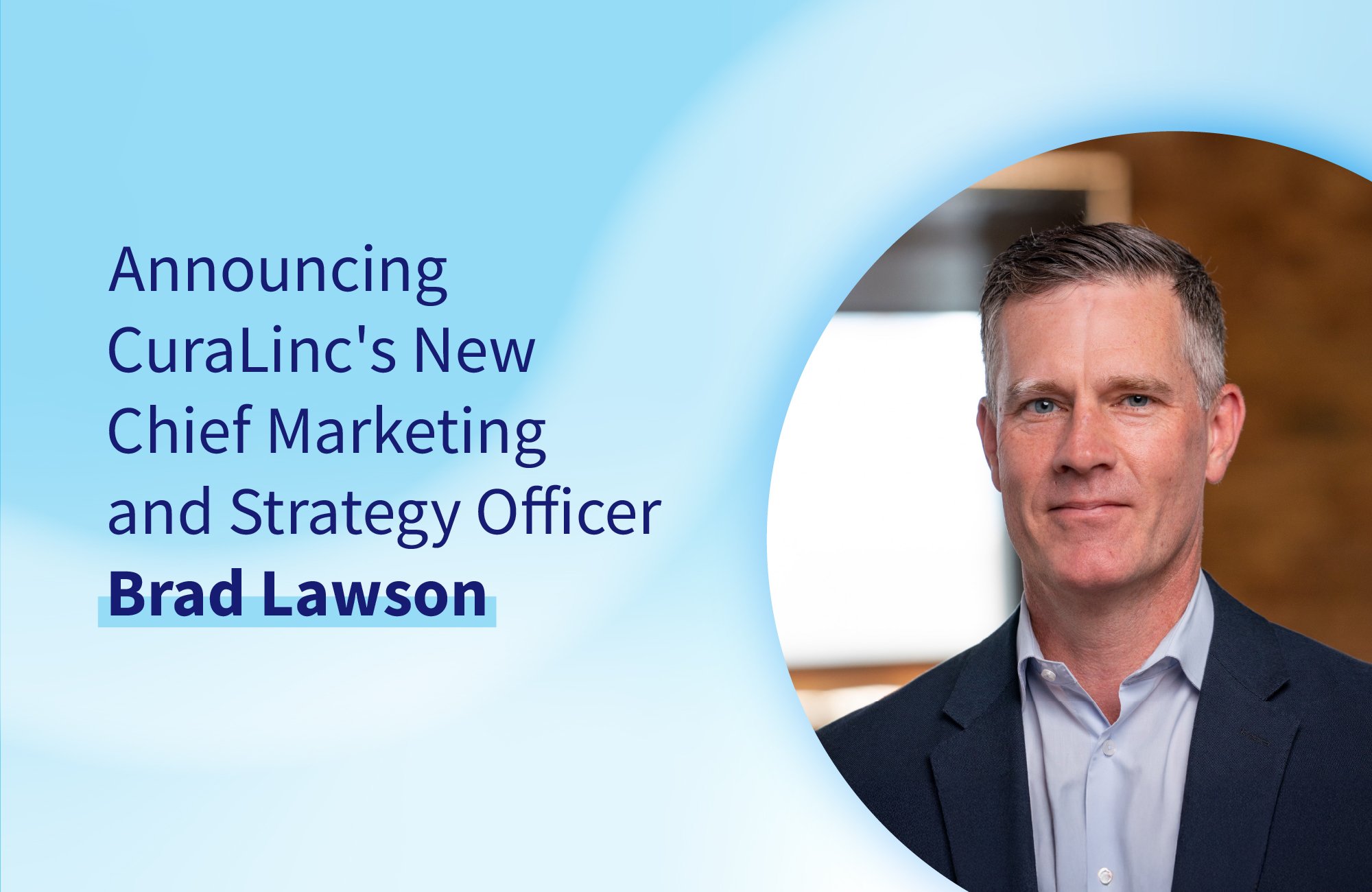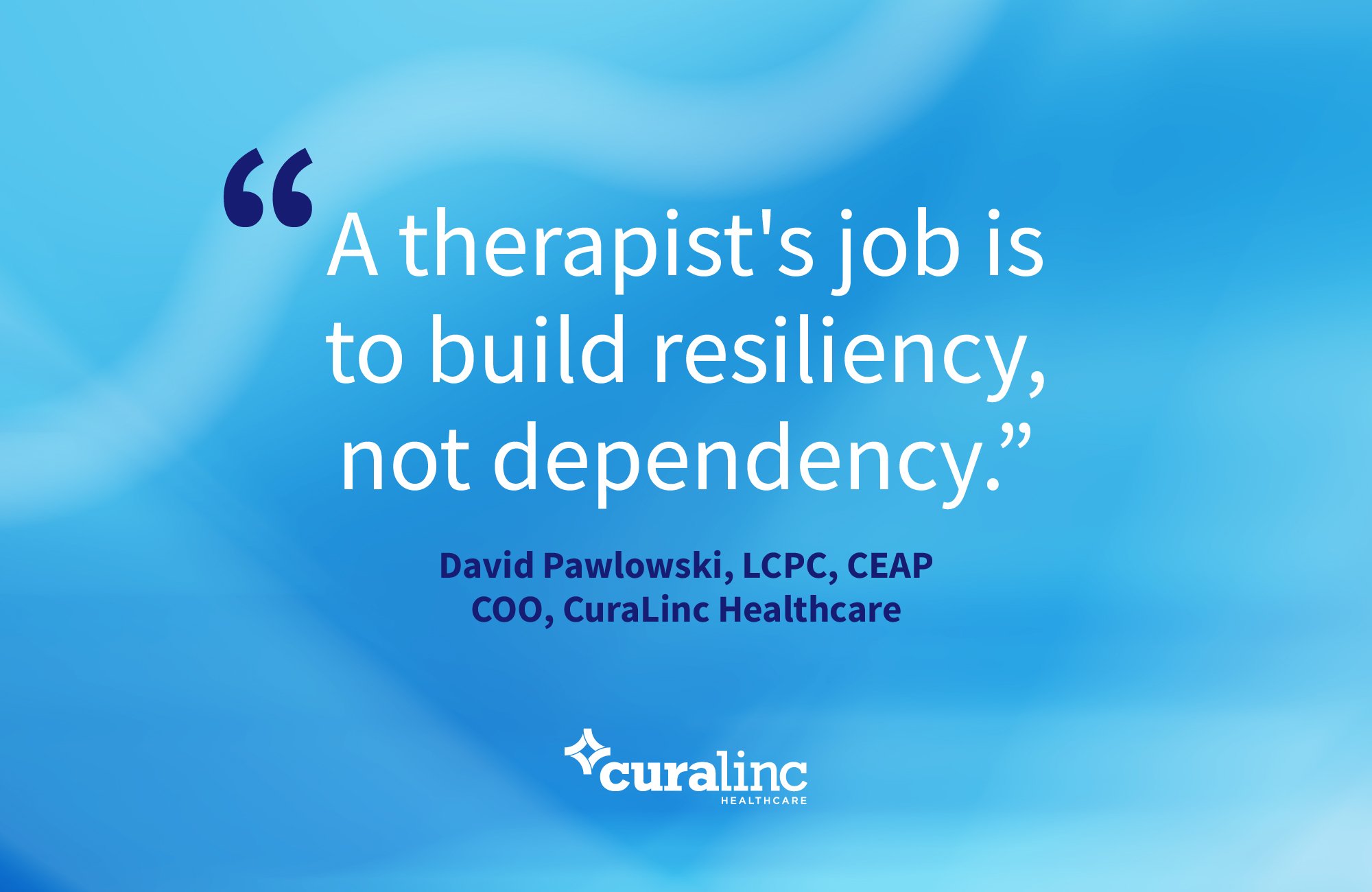The word 'concierge' refers to a health care practice in which patients receive enhanced and personalized access to services. By extension, 'concierge mental health' is a good way to describe a process that ensures participants have timely access to meaningful care and support. Hold that thought for a moment, though.
An estimated 119 million Americans, or 35% of the population, live in a mental health professional shortage area as of September 30, 2021; and 42% of adults report symptoms of anxiety or depression since the beginning of the pandemic. This intersection of a COVID-driven surge in mental health conditions with reduced stigma around mental health treatment has led to more than a third (37%) of mental health professionals reporting more patient referrals since COVID became a staple of our lexicon. Taken in combination – a lack of providers plus an abundance of demand – the need for high-quality employer-sponsored mental health programs has never been greater.
Employee assistance programs, or EAPs, the most popular choice among employer-sponsored mental health options, are a natural first stop for many people who work for a company that offers one. Unfortunately, not all EAPs are created alike. Most big-box (or ‘traditional’) providers fail participants with a user experience that has a number of care gaps and pitfalls. Consider the following vignette from Christine, a traditional EAP participant –
Christine calls the program and speaks with an associate to initiate care.
Two days later, the associate sends Christine a list of local counselors.
The first counselor is accepting new patients, but doesn’t have an appointment available for three weeks.
The second counselor is not accepting new patients.
The third counselor is not accepting new patients.
She leaves two messages for the fourth counselor, but doesn’t get called back.
Her options at this point are to go back to the traditional EAP and request more referrals, go into the benefit plan at her expense or just skip care entirely.
Disheartened by the experience, she chooses the latter.
It’s a bad experience all around. Christine doesn’t get the care she needs and her condition worsens – and, from the employer’s perspective, they think everything’s fine with their program since the traditional EAP provider counted it as a new case on their utilization report.

Getting back to the term ‘concierge mental health’, there’s a more effective way to deliver resources for employees suffering from depression, stress, anxiety or grief – a personalized approach that ensures participants have timely access to meaningful care and support through a structured clinical process that eliminates the aforementioned care gaps. Christine’s experience with an EAP provider that delivers concierge mental health is quite a bit different –
Christine calls the program and speaks with a licensed and experienced mental health clinician to initiate care.
The clinician provides in-the-moment support to address her immediate concern.
Two days later, the clinician follows up with Christine.
Christine is presented with three treatment options, all of whom have confirmed appointment availability on her requested day and time.
The treatment options for Christine are selected based on their quality scores, alignment with her benefit plan network and her preference for gender and race.
The clinician helps Christine schedule the first appointment – and she begins treatment the following afternoon. In addition, the counselor recommends dCBT for additional support between sessions.
In this scenario, Christine is able to resolve her concern within the framework of the program. By holding Christine’s hand through the process and putting in a little extra work to ensure connectivity to care, the EAP provider in the second scenario rewarded Christine’s courage – and, for many of us, it does take courage to seek mental health support – with an optimized user experience.
The second scenario is, of course, an illustration of the concierge approach from CuraLinc Healthcare. While CuraLinc offers a variety of other modalities for care (text therapy, for example) – and also allows Christine to schedule her own treatment, if that’s what she prefers – the majority of EAP users will still begin their care journey by calling the program and seeking in-person or virtual support from a local counselor. CuraLinc’s concierge approach to delivering mental health care ensures that employees are always connected to timely support and resources – and that they avoid the care gaps that are prevalent in ‘traditional’ models.




